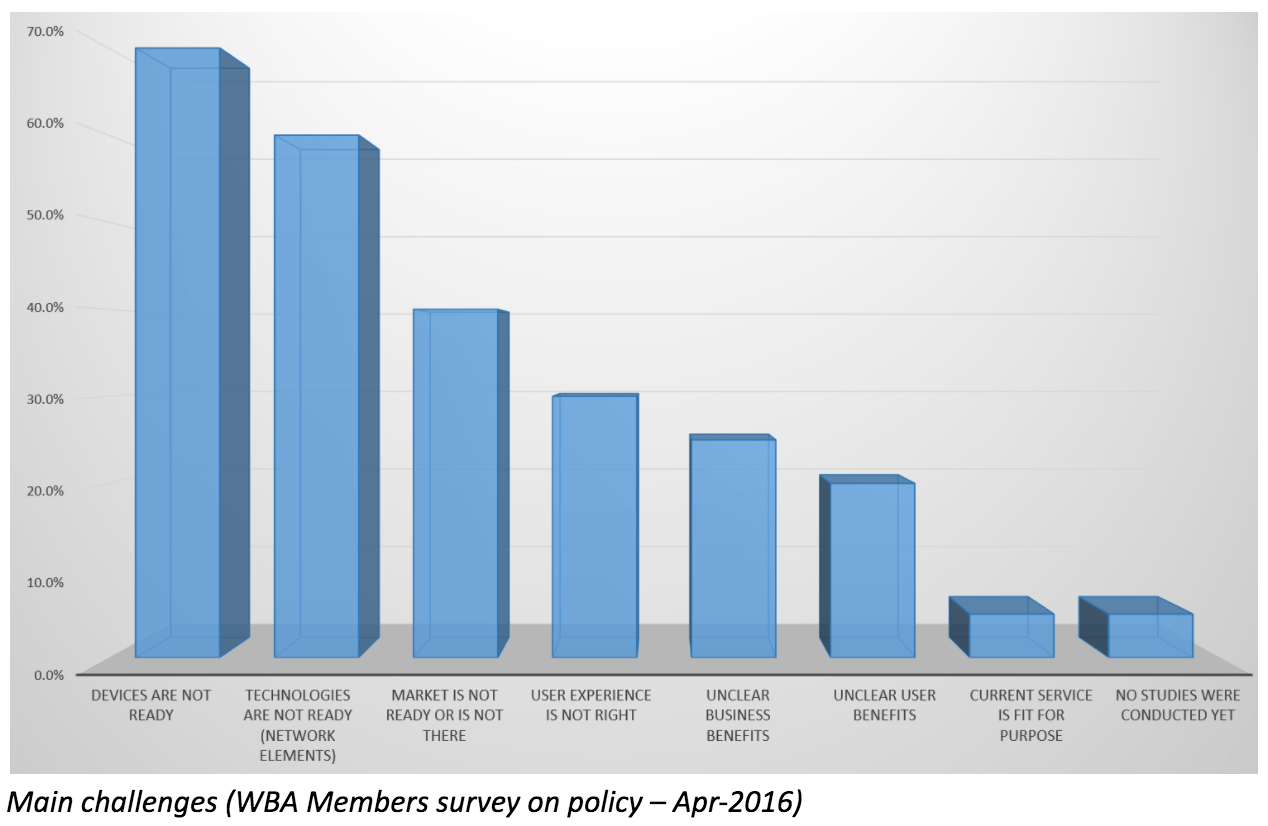Editor’s Note: Welcome to Analyst Angle. We’ve collected a group of the industry’s leading analysts to give their outlook on the hot topics in the wireless industry.
Background
Whether on cellular or Wi-Fi networks, customers want the best connected experience at the best price. They expect the same quality of service no matter what network they are connected to. Carriers need to respond to that fundamental requirement by implementing consistent quality of service mechanisms across various networks in order to satisfy their end-users. We define here quality of service as connection having high throughput, low latency, little packet loss and secure, resulting in a better quality of experience for the end-user.
There has been good evolution on industry standards in recent years that allow a client device to seamlessly and securely connect to Wi-Fi hot spots broadcasting in unlicensed spectrum.
The Hotspot 2.0 technical specification, also known as Wi-Fi Alliance Hotspot 2.0, defines architecture framework and recommendations for security, authentication, and approaches to maintain subscription and remediation and policy maintenance. On the cellular side, the Third Generation Partnership Project has specified access network selection and traffic steering between cellular access and wireless local area networks using access network discovery and selection function and radio access network rule procedures.
However, these two policy standards alone will not be sufficient to insure improved QoS to the user as the seamless connection does not in any way assure a quality connection and thereby the user may be forced to turn off Wi-Fi in certain scenarios. There are currently several groups (in various industry standard forums and alliances) working to address this gap but there is not a single group that is looking at defining quality of experience.
While standards bodies such as Wi-Fi Alliance, the Institute of Electrical and Electronics Engineers and the Internet Engineering Task Force continue to improve WLAN access and networking performance, the Wireless Broadband Alliance has been collaborating with the overall ecosystem consisting of service providers, hub providers, hardware vendors, software vendors and external standards bodies to promote creation or standardization of Wi-Fi QoS metrics and services. Only the convergence of wireless technologies will enable a true seamless quality of service across these wireless networks.
The objective of this article is to outline the case for convergence and improvement of these two policy standards with recommended actions.
Challenges for HS2.0 and ANDSF
Both ANDSF and HS2.0 specifications define policy objects and protocols for intelligent and seamless automatic next-generation network selection and enhanced user experience. However these mechanisms have not been widely deployed because a number of challenges remain in place. In a recent survey to WBA members, the following challenges were identified and ordered by percentage of references:

Some of the most notable challenges identified include:
- It is not clear when HS 2.0 R2 clients/devices will be commercially available.
- There is a need for recommendations to ensure that Wi-Fi selection does not produce a bad user experience, e.g. hanging on to slow/distant/congested service set identifiers for too long.
- Intelligent prioritization of SSID selection in a multiservice environment is important for monetization strategies; however, current Wi-Fi deployments are not achieving this.
- In current set of client devices the entity responsible for “best connected user experience” is split between UE manufacturer, service provider and end-user.
- There are no ANDSF deployments as the network elements supporting current ANDSF standards are not available, nor is there any support for ANDSF policies in any of the commercial or popular operating systems or client platforms.
Further considerations and recommendations for work items to be addressed:
- There is no interoperability among ANDSF/HS 2.0 vendors; roaming/visiting policy is not well defined in ANDSF; and deployments by operators owning both cellular and Wi-Fi networks are rare.
- The industry knowledge base does not have a common understanding of the aims, methods and ways of implementation of different policy components.
The result of this set of challenges is that the market is unclear about the business benefits of investing in these QoS two policy standards.
Convergence is required to ensure QoS
The panoply of access networks available may result in a complex and troublesome ecosystem for operators to manage. Customers want the best connected experience at the best price and therefore mechanisms to allow access to different networks within reach need to be implemented.
The majority of the respondents from the survey mentioned earlier stated the need to discover and select networks to provide best user connection experience, i.e. respondents expect the policy to guide the mobile device to connect to either a cellular or Wi-Fi network that can provide a good quality when the device is in the location with one or more cellular and Wi-Fi networks available, as well as capability to discover and select a preferred Wi-Fi network when encountering multiple Wi-Fi network types (secure with HS 2.0, secure with 802.1X, home, partner, user private network, unsecure network, etc.).
Two recent white papers published by the WBA have identified the gaps in the integration between ANDSF and Hotspot 2.0. In light of these industry developments and market requirements, the WBA strongly recommends and will take leadership in the creation of a new working group whose mission is to develop a trial program for ANDSF and Hotspot 2.0. The purpose of the trial program is to advance the integration of ANDSF and Hotspot 2.0, and in particular to validate solutions to the gaps identified. The trial program will consist of a series of testing events that validate gap solutions as they become available, giving priority to those solutions that support the needs of WBA members as identified in the WBA Hotspot 2.0 & ANDSF member survey.

